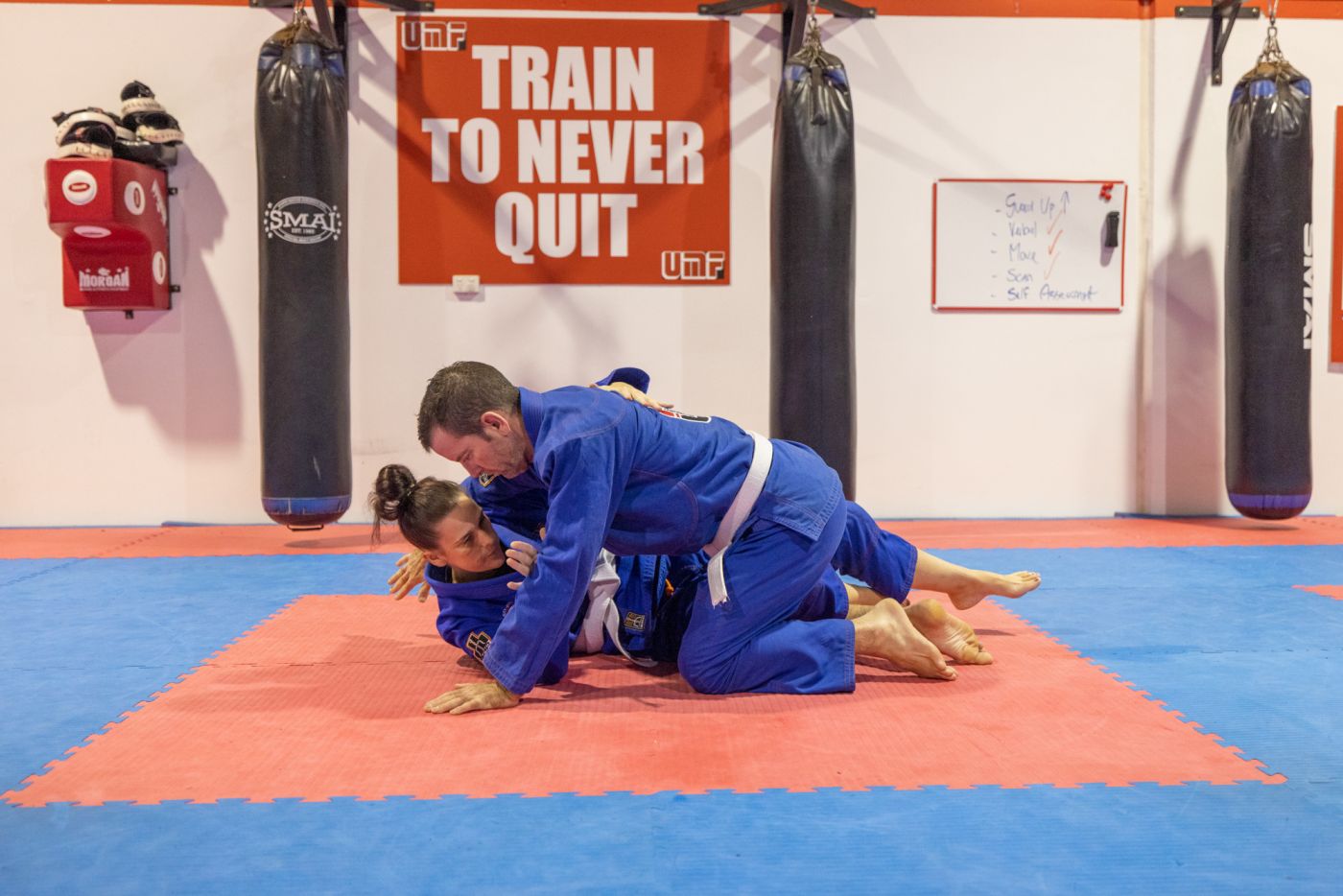Today, BJJ sports encompass a range of competition formats, including gi and no-gi tournaments, where practitioners grapple in varying attire. The combination of techniques, strategies, and athleticism has transformed BJJ from a martial art to a revered global sport that celebrates skill, camaraderie, and personal growth MM88.
Training Methodologies in BJJ Sports
Training in BJJ sports embodies more than just rolling on the mats; it encompasses a holistic approach to learning and mastering techniques. The methodology employed in BJJ training varies from school to school, but there are common threads that connect them all.
The Fundamentals of BJJ Training
At the heart of BJJ sports lies a well-rounded curriculum that introduces practitioners to essential techniques. Beginning students often start with foundational concepts, including positions like guard, mount, side control, and back control. Understanding these positions serves as the basis for developing grappling skills.
Practitioners typically train in formal classes under the guidance of experienced instructors. Class structures usually consist of warm-ups, technique demonstrations, drilling, and sparring sessions. This systematic approach ensures that students build upon their knowledge progressively, allowing them to become more proficient over time.
Sparring: The Crucible of Learning
Sparring, or “rolling,” is a significant component of BJJ training, offering practitioners the opportunity to apply techniques in live scenarios. This aspect of training is critical because it simulates realistic conditions where practitioners can gauge their skills against partners of different body types and abilities.
There are various styles of sparring, such as situational sparring, where practitioners start in specific positions, and free rolling, where they engage in open grappling for a set duration. Both methods serve to develop timing, reflexes, and adaptability while enhancing problem-solving skills within the context of grappling.
The Importance of Drilling Techniques
While live sparring is essential, the repetition of specific techniques through drilling cannot be undervalued. Drilling helps practitioners internalize movements, ensuring that they become second nature. This repetitive practice allows athletes to respond instinctively during sparring or competition, reducing the cognitive load associated with decision-making under pressure.
Additionally, the concept of “progressive resistance” is often applied, where training partners gradually increase the intensity and resistance during drills. This method facilitates a deeper understanding of the techniques as practitioners learn to adapt and overcome various challenges.
Mental Aspect of BJJ Training
While physical conditioning and technical prowess are vital components of BJJ sports, the mental aspect is equally crucial. Practicing mindfulness and mental resilience plays a significant role in a practitioner’s ability to thrive both on and off the mat.
